Earlier this month, I won a trip to Hawaii with Young Living. Part of our adventure included a visit to Young Living’s newest partner farm, the Háloa Áina Sandalwood forest on the island of Kona. The owners of this farm have a very encouraging and God-honoring mission to restore Sandalwood to the Hawaiian Islands.
While there were many things to enjoy on our trip, the visit to this particular farm was one of the highlights. As we walked around the farm, the intoxicating aroma of sandalwood was everywhere. James mentioned that he was tempted to lay face down in the wood chips for the rest of the day. I told him that would be weird.
What we experienced at the farm confirmed once again what makes Young Living unique, and why we only use these oils in our family. Young Living is not an essential oil broker, a company that simply buys random oils off the market, brands them, and packages them to sell to others. Sadly, almost every other company out there is just that.
Rather, Young Living is a company that owns its own farms (on five continents), distills, tests, and prides itself on an exclusive “Seed to Seal” process that ensures the highest quality on the market.
Young Living also partners with select, exclusive farms around the world—those rare few who are committed to the same standard of quality that Young Living is known for, and who are willing to work together to uphold Young Living’s extraordinary standards. And that certainly describes the Háloa Áina organization.
Hawaii used to be known as the “Sandalwood Islands.” A very special species of sandalwood, Santalum paniculatum, was found in the mountains of this beautiful archipelago. However, during the 1800s, the sandalwood forests were depleted as a result of both greed and ignorance.
Once the Hawaiian royal family discovered the commercial value of sandalwood, this amazing evergreen was over-harvested. In addition, the introduction of foreign cattle and sheep by Europeans quickly turn the once dense forests into grazing land. Sandalwood almost became completely extinct in Hawaii.
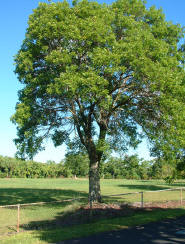
However, it is making a comeback, in part because of the faithful efforts of those involved in the Háloa Áina project. 2800 acres of lush land on the Big Island are now dedicated to establishing a sustainable sandalwood forest. It is an honor to be part of that vision.
Sandalwood is grown in other parts of the world, specifically in India, Sri Lanka, Indonesia, and China. And Young Living does have other sources for sandalwood, partnering with similar farms committed to quality and purity.
The sandalwood tree is an evergreen that, when fully mature, reaches up to 50 feet in height. It flourishes in warm, dry climates; so the mountains of Hawaii are ideal for its healthy growth. Sandalwood is also native to areas in the Middle East and South Asia.
The sandalwood tree is known as a “parasitic tree,” which means that it receives the majority of its nutrients from the roots of other tress or plants. This means other trees need to be planted along side the sandalwood.
Sandalwood is mentioned in the Bible (often referred to as aloes or almugwood), and was used to make the railings in Solomon’s temple, as well as the harps and lyres for the musicians (1 Kings 10:12). It was also used by Nicodemus as part of the oil used to anoint the body of Jesus after His crucifixion (John 19:39). Sandalwood is also found in Young Living’s 12 Oils of Ancient Scripture collection.
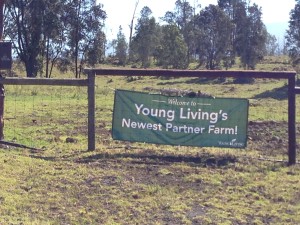 The value of sandalwood oil has been known for centuries. Ornate, alabaster jars filled with the precious liquid were discovered in King Tutankhamen’s tomb by ancient thieves—thieves who stole the oil and left behind the beautiful jars, as well as precious gems and gold. The ancients knew their worth!
The value of sandalwood oil has been known for centuries. Ornate, alabaster jars filled with the precious liquid were discovered in King Tutankhamen’s tomb by ancient thieves—thieves who stole the oil and left behind the beautiful jars, as well as precious gems and gold. The ancients knew their worth!
Sandalwood has a high concentration of sesquiterpenes. Sesquiterpenes are said to “deprogram” bad information/memory in preparation for the job monoterpenes do. They also help to support the limbic system.
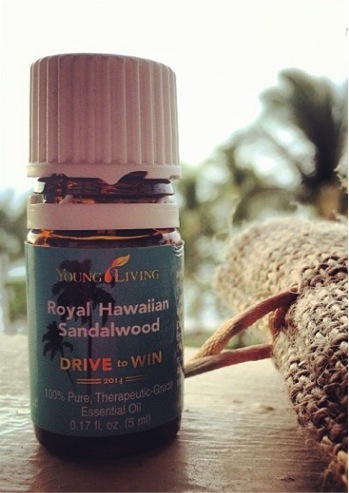
Pure, therapeutic grade sandalwood is extremely moisturizing and nourishing to the skin. I apply it daily to smooth and brighten my skin.
Because of its rich, woody aroma, it has been used in the manufacture of valuable perfumes for centuries.
To enhance romance, sandalwood can be applied to the inner thighs, abdomen, neck, and rubbed into the hands and deeply inhaled.
However, because of its high demand, sandalwood is one of the most adulterated essential oils on the market. Unethical brokers often dilute pure sandalwood with cheaper carrier oils, synthetic fragrances, and/or solvents. The only use for such oils is perhaps in perfumery, but even then you have to ask yourself the question, “What am I really putting on my skin or inhaling into my lungs?”
Again, this is one of the reasons why we trust Young Living and their commitment to quality from seed to seal. Young Living understands not only how to grow healthy plants and trees; they also know how crucial it is to harvest them at just the right time to glean superior oil.
Sandalwood is a prime example. For those who are simply out for a quick buck, green trees are harvested well before their time; and the immature wood is distilled multiple times.
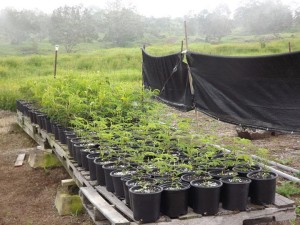
But, Young Living understands cultivation, harvesting, and distillation better than any company out there. They and their partner farms have found that the best sandalwood oil comes from trees that are in distress—trees that are undergoing trials.
Instead of harvesting green trees—young trees, Young Living waits for the trees to reach the end of their natural life, at a time when the highest percentage of oil is found in the root ball and in the heartwood of the tree.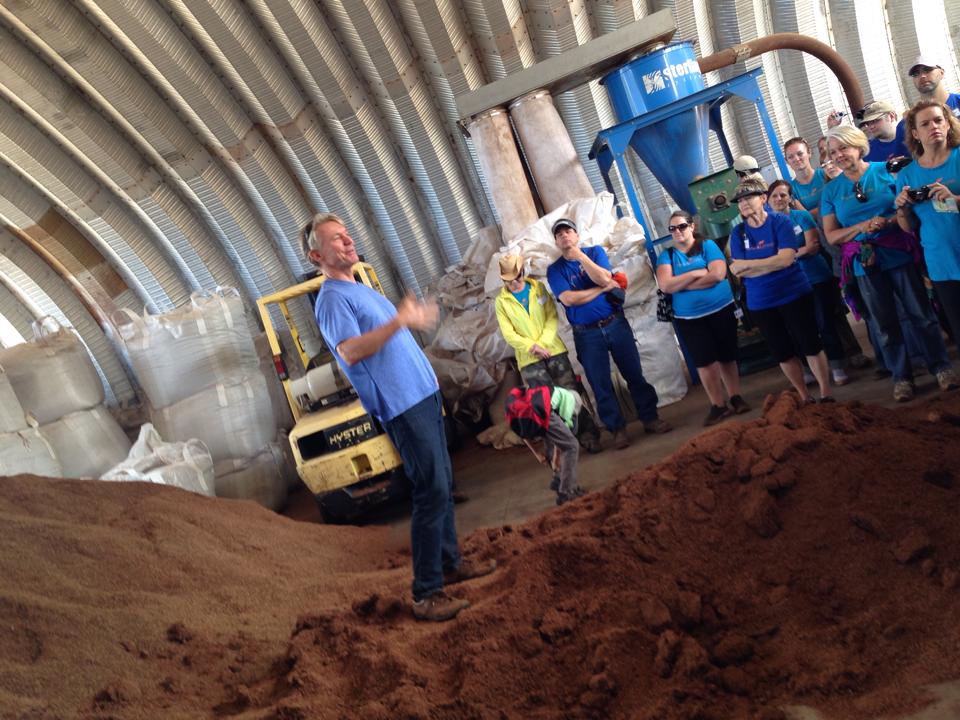
The essential oil in sandalwood acts in a similar way to white blood cells in the human body: they get busy concentrating their efforts on saving the life of the tree by going to the heartwood, which is one of the two main parts of the tree that Young Living distills. The other is the root ball, which many companies throw out because of how inconvenient it is to clean and prepare.
All of this is especially amazing, since it also happens to be consistent with responsible, sustainable harvesting. The result is the best sandalwood essential oil you can find on the market!
And, because of the way Young Living develops sustainable farms, its model is far more aligned with the biblical call to steward the resources of the earth. By helping to restore sandalwood to the Hawaiian Islands, the company is demonstrating its commitment to not only using the best possible base stock in the production of essential oils, they’re also showing that they are committed to developing and nurturing not only Sandalwood, but other wonderful gifts found in creation.
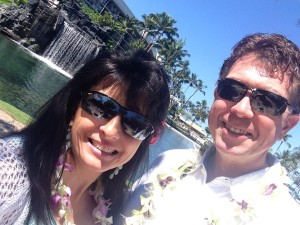 Sandalwood is a primary component of many of the recipes you can find here on the Common Scents Mom!
Sandalwood is a primary component of many of the recipes you can find here on the Common Scents Mom!
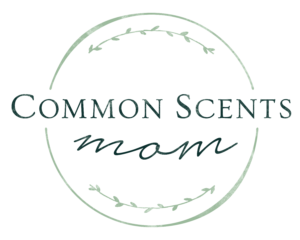







This Post Has 4 Comments
Hi Stacy!
I can’t even imagine how wonderful it must have been to be there in the aroma of sandalwood! I don’t blame James for wanting to lie in the woodchips! Were you able to bring any home!?!
🙂
Lori
Hi Stacy,
This article was great. It was very interesting to read about YL’s Sandalwood farm on Hawaii.
Just one thing. The Hawaiian Islands were not known previously as Sandalwood Islands, they were known as The Sandwich Islands. Sandalwood Island is an island in Fiji. Whoever gave you that tidbit of information was incorrect.
Thank you for this blog and for the useful information that is you have about YLEOs. I love using the recipes that you put up and I will have to try that suntan lotion with the sandalwood when I get some 🙂
Blessings!!
Thanks, Micki. We originally heard the “Sandalwood Islands” term from the native farm owner who gave us our tour. However, before writing the article, I found several websites that referred to Hawaii this way, as well. HERE is one from the University of Hawaii.
And thank you for visiting! I only wish I could add to this post a sample of how good it smells!
Hi Stacy,
I enjoyed reading your blog and I’m glad to know about the sandalwood farm on Hawaii. I heard essential oil young living that is the best brand with high quality essentials oils. Me and my family use essential oil daily and change our life. Anyway, glad to read your post Stacy. Looking forward for your next blog soon.
Cheers,
Nancy
Comments are closed.